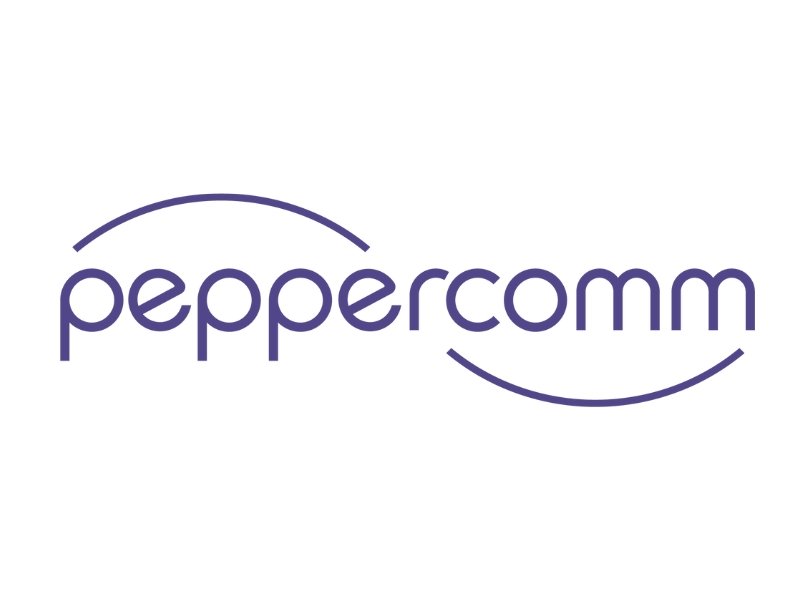NewsWhip 27 Mar 2020 // 7:15PM GMT
.jpg)
The situation is evolving rapidly. But many clear patterns have emerged. In this brief series, we’re going to query our data to identify and help you understand these patterns, and apply them to your work. Today we’ll focus first on the overall scale of engagement with Coronavirus, and then on four key features of the new landscape which should be of help to any communicator navigating unfamiliar territory today.
Scale of Engagement
Engagement with Coronavirus content is unprecedented, and is heavily weighted toward social media. In the seven days to March 19th, English language news articles about coronavirus have received almost three quarters of a billion engagements on Facebook. The New York Times reported that half of all content consumption on Facebook is now Coronavirus related, and that social media - particularly Facebook - is the dominant news source for consumers. From the graph below (daily engagements on English language news content), you can see that it represents about 150 million shares, likes and comments per day. When we include native content (images, posts and videos) that number doubles again.
NewsWhip data focuses on precise engagement with every single article, social post and piece of content on social media, and when we stand back we immediately see some remarkable trends in the data we hope will be helpful for communicators.
Today we’ll drill into four major phenomena: (i) positive news, (ii) emerging cultural responses to coronavirus, (iii) popular explainer articles, and (iv) the huge reach and impact of local coverage.
1: Engagement with Positive News
Among all the doom and gloom, it appears that people are looking for things to celebrate: success stories, collective resistance, socially distant communal activity, and people helping people.
In the past 10 days, many of these have come from Italy, which remains one of the worst hit nations of the crisis. Stories of spirited Italian defiance have attracted global engagement, particularly with a number of stories about Italians singing in the streets from their balconies, from Siena to Sicily.
The top one of these stories, from The Independent, received 2.8 million engagements, as shown in the chart below.
Whether by design or not, many companies have also benefited from the public’s hunger for positive stories, with a number stepping in to take steps to make things better for their customers, employees or the public.
Key examples of this included Hallmark scheduling a Christmas movie marathon to spread a bit of cheer (1.8m engagements), and Scholastic offering free online courses to keep kids learning while schools are closed (1.4m engagements). Audiences far wider than the usual are engaging with these stories, as they reveal humane, effective action by corporations - and frankly, include useful information people want to share and celebrate.
This extends to companies who have extended their core business to assist with the coronavirus response. We have seen that in the last few days with Ford, 3M, and GE using their factories to make respirators and ventilators (76.4k engagements), and Anheuser Busch beginning to produce hand sanitizer (12.2k engagements). Disney is donating food while its parks are closed (26k engagements), and Walmart is giving its employees a mini-stimulus (5k).
For a more complex example, McDonald’s received praise for their move to give healthcare workers in the UK free drinks as a thank you (126.9k engagements), and a mixed reaction when they separated their arches in social distancing solidarity in Brazil (3.5k engagements). However one of the most engaged articles about the company in the past week was about leaked audio of them apparently lobbying against the parts of the President’s coronavirus bill (106.1k engagements) that would give workers paid sick leave. This might reveal a disconnect between words and actions - which the public is extremely sensitive to, especially coming from corporations.
2. Coronavirus and Culture
When much of the world is social distancing and fast abandoning travel, hotels, bars, restaurants, education, normal workplaces, public transport, time with friends, this creates a huge vacuum of needs, habits and entertainment.
In this context, we’re seeing dozens of cultural trends emerging and gaining vast engagement on social media.
-
Live concerts (Willie Nelson or Garth Brooks, each shared over 600k times), and live worship
-
Virtual sports, replacing replace live sports
-
Recipes that respond to food or ingredient shortages, and slow cooking (baking!)
-
Free online digital and streaming services (A free offer from Audible’s got over 600k shares on Facebook)
-
Artists, authors, and children’s authors creating and reading their books aloud online
-
College students and other volunteers tutoring K-12
-
24-hour zoo streaming, and streaming from other shuttered organisations
-
Cultural institutions putting artwork and virtual tours online for free
-
Heavy promotion and appreciation of employees of grocery stores, truck drivers (more important than athletes), delivery restaurant cooks, delivery people
-
A theme of “Keep paying for memberships of the things you love”
-
Clever Riffs on the situation (i.e. a bakery selling “toilet paper” cupcakes - 175k shares)
Culture has abruptly shifted 45 degrees - and huge gaps have been created and are being filled by volunteers, ideas, and technologies. In the context of the Coronavirus, acts of generosity are being celebrated, and earning spectacular engagement. (Watch this space - we’ll explore some of these cultural changes further in a follow up article.)
3. Demand for Explainer articles
The public is highly engaged with factual content about Coronavirus. Many of the most shared articles in the past two weeks have been explanations of the science behind the spread of the virus, and how we can take steps to mitigate it.
Traditionally, many top articles on social media tend towards breaking news. That has changed during this crisis, however, with articles such as this one from The Washington Post explaining the importance of social distancing being the most engaged of any published about coronavirus so far, with nearly six million people taking the time to share, comment or like.
This article on a similar theme from Vox, a website known for its explainer articles, was its most engaged article that we’ve seen by a considerable degree. It garnered some 2.7 million engagements, when no other article has received more than a million.
In the table below, we’ve outlined some of the top ‘explainer/analysis’ articles that have been published in the last month or so. All of them have received more than a million engagements.
Why does this matter for communicators?
Simply put - this level of social engagement with high context, factual reporting presents an important opportunity for credible industry experts to reach a wide audience. For example, the Washington Post piece quotes Leana Wen, the former health commissioner for the city of Baltimore, Lawrence Gostin of Georgetown University, and Drew Harris of Thomas Jefferson University. The Vox piece features commentary from a number of different health experts. The social engagement on these articles suggests they have reached tens of millions of people.
4. Local coverage
In communications, and when pitching a national news story, we often focus on national news outlets.
However our data suggests local coverage has been a core part of the way people receive information during the coronavirus pandemic, as so much of it is happening on a local level. For example, the article we mentioned earlier about Anheuser Busch producing hand sanitizer came from a local Fox station in LA.
Of the top 1,000 most shared English language stories about Coronavirus for the first two weeks of March, almost a quarter (213) came from local sources. This is remarkable given the level of engagement required to get into the top 1,000 for such a nationally engaging topic.
This means that communicators should consider reaching out to local news outlets wherever they do business in their public statements about coronavirus - they may see earned and social lift on a story far beyond the norm. (Note also that Facebook has also taken steps to support reputable local news with traffic through algorithm tweaks.)
Below we have the top local stories through March 16th. The top article came from Maine, where a landlord challenging other landlords to provide financial relief in South Portland garnered more than 2 million engagements.
Top stories were not always truly local, however, as seen with the CBS Miami story about the importance of washing your hands to mitigate the spread of the virus. All 20 top local stories received more than 400,000 engagements.
Some Takeaways
The coronavirus has seen some of the normal rules of engagement upended, at least temporarily. Breaking news is no longer necessarily the out and out dominant driver of engagement, as explainer articles have begun to take more of a role, and feel-good stories have also found a part to play. New cultural trends are emerging fast. Where national news is still on top, we see huge engagement with local and regional publishers.
We’re planning to drill into more content engagement data and changes Coronavirus is brining to media, earned and communications next week - if you have an area you’d like to see us cover, please reach out to me: [email protected]


































.jpg)


.png)











